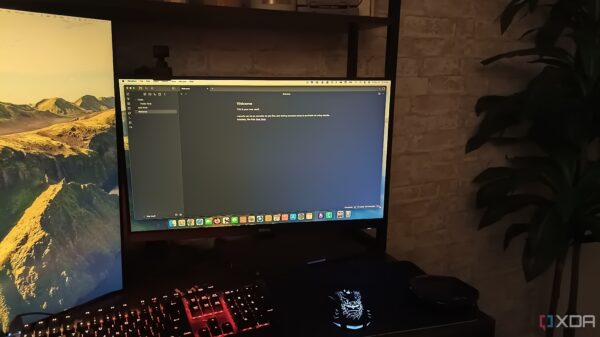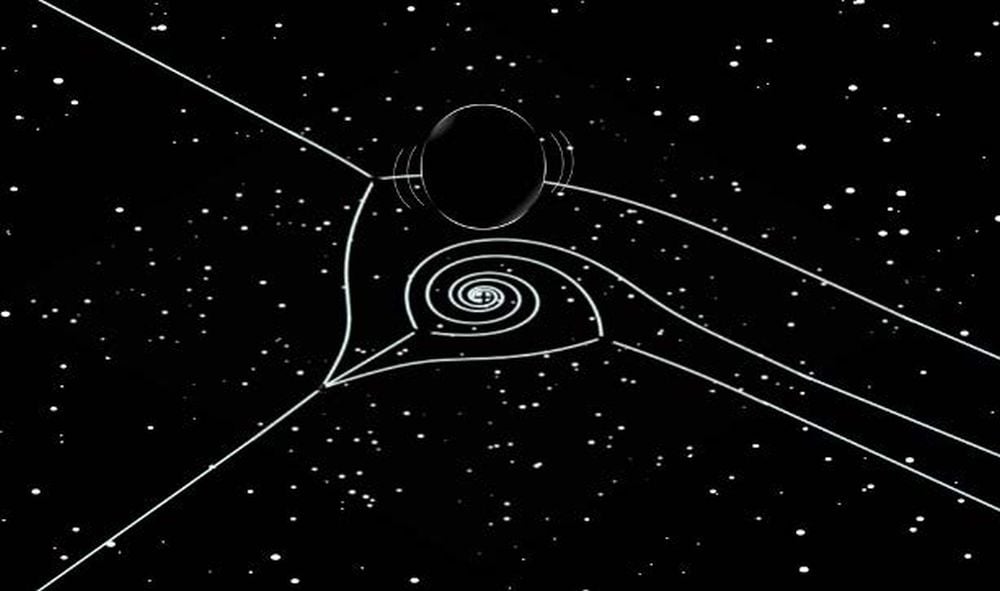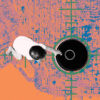The study of black holes has taken a significant leap forward as researchers at Kyoto University have developed a new method to analyze the vibrations emitted by these enigmatic cosmic objects. Their research focuses on the distinct vibrational patterns known as Quasinormal Modes (QNMs), which emerge when black holes are disturbed. These findings, published in the journal Physical Review D, could enhance our understanding of gravitational wave astronomy and the fundamental properties of black holes.
Black holes, which exhibit extraordinarily complex characteristics, resonate in patterns akin to a ringing bell when subjected to perturbations. These vibrations provide crucial insights into their mass, shape, and dynamics. The research team, led by Taiga Miyachi, employed the Wentzel–Kramers–Brillouin (WKB) method to explore these oscillations in greater depth. This mathematical approach, though established, has seen limited application in black hole physics until now.
New Analytical Techniques Reveal Hidden Patterns
The WKB method allows for a detailed examination of the vibrational patterns, particularly in cases where traditional methods have struggled. By utilizing Stokes curves, the researchers identified transitions in the wave patterns that were previously overlooked. Stokes curves illustrate the behavior of these vibrations in complex mathematical planes, revealing intricate spiraling structures that enhance the understanding of black hole perturbations.
Miyachi commented on the findings, stating, “We were surprised at how complex and beautiful the underlying structure of these vibrations turned out to be.” The team discovered new spiraling patterns that were key to understanding the complete dynamics of QNMs. Their work signifies a substantial advancement in black hole research, providing a versatile tool for analyzing various perturbation theories.
The researchers emphasized that QNMs are intrinsic to black holes, depending solely on their mass, charge, and angular momentum. This characteristic makes them invaluable for studying black holes, especially during merger events, when the vibrations can be detected on Earth.
Implications for Gravitational Wave Astronomy
Understanding the vibrations of black holes opens new avenues for gravitational wave observatories. As astrophysicists refine their methods, they can analyze the vibrations from merging black holes more accurately. Such analysis not only aids in measuring black hole masses but also enhances the overall comprehension of these cosmic phenomena.
Miyachi and his colleagues concluded their study with a strong endorsement of the WKB method, stating, “In summary, the exact WKB analysis is a versatile and powerful tool for addressing black hole perturbation theories across a wide range of contexts.” This research aligns with the historical perspective of Galileo Galilei, who posited that mathematics is the language of nature.
As the field of astrophysics continues to evolve, the application of advanced mathematical techniques like the WKB method will be pivotal in unraveling the mysteries of black holes. The implications of this research extend beyond theoretical physics, potentially transforming our understanding of the universe and its fundamental structures.








































































